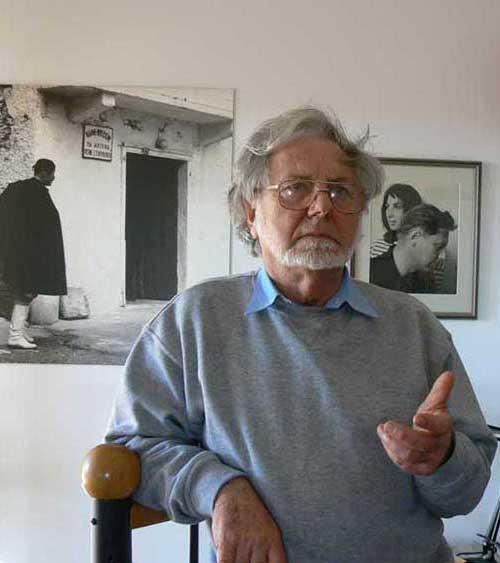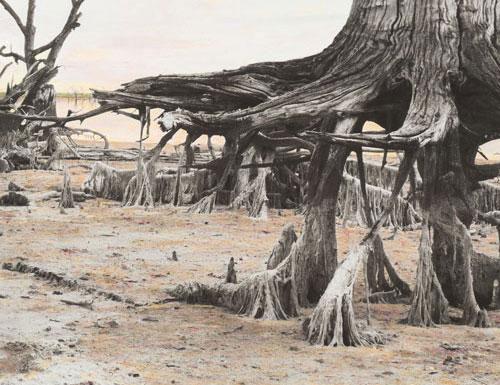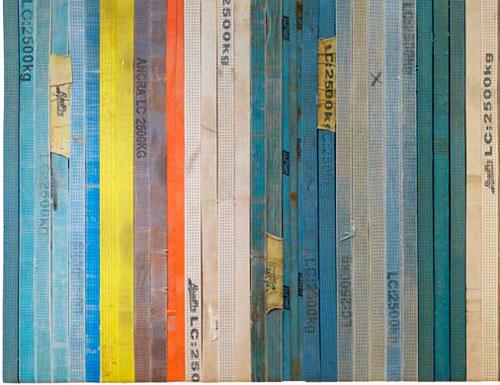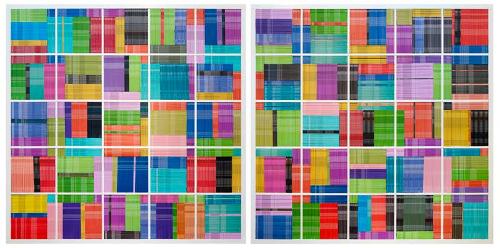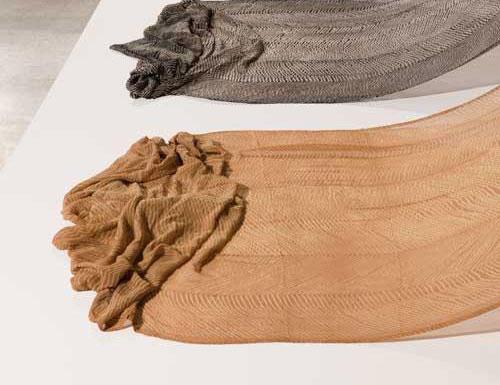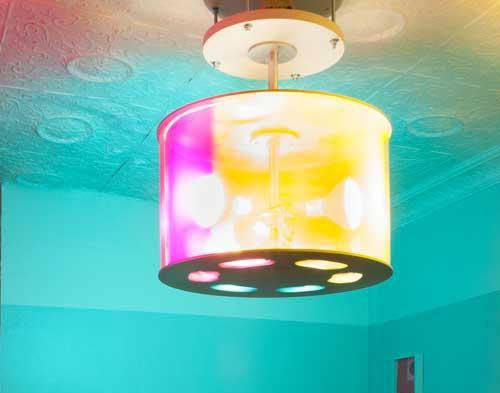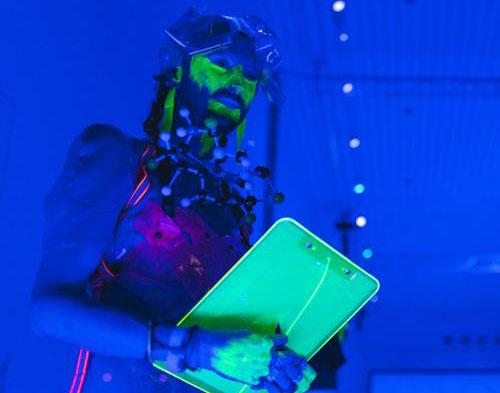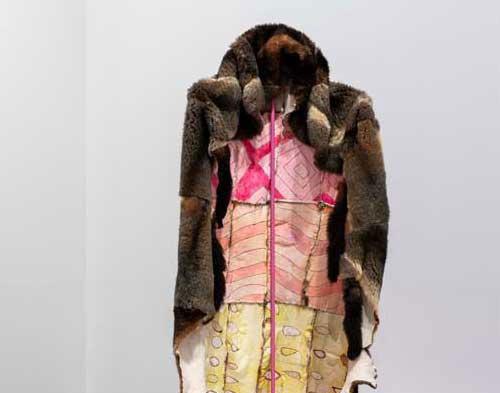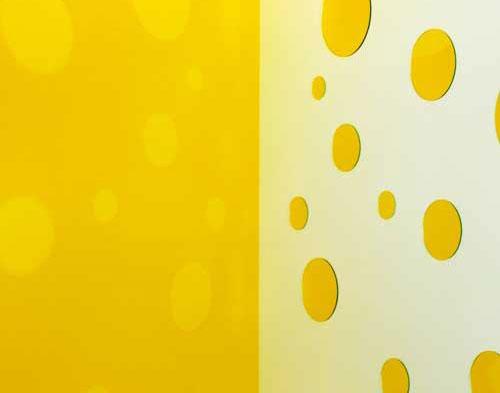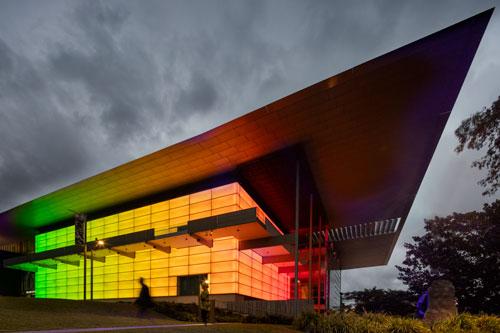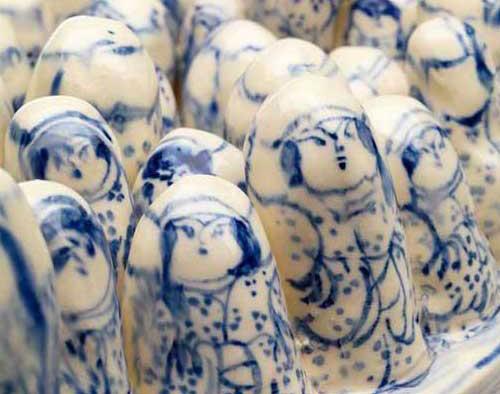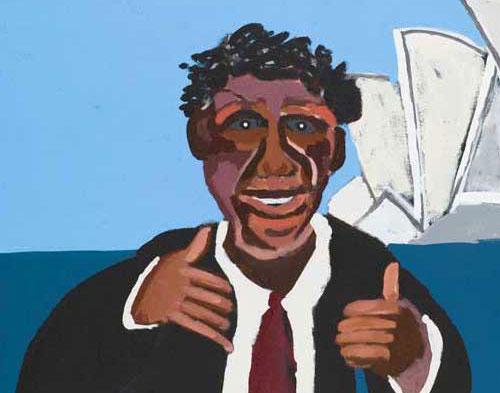David Sequeira: Fugue
Eve Sullivan For some time you have been collecting and exhibiting monochrome-coloured vessels to various degrees of opacity and translucence. I have seen this kind of display concept in stores like Dinosaur Designs and second-hand clothes shops, in the way that they arrange the clothes mixing what would appear to be otherwise incompatible textures and patterns as well as styles and sizes. Do you see this approach to presenting or trying to make sense of things as yet another indication of how aesthetic theory has filtered down into everyday life? How does this motivate you as an artist, a curator and a declared colourist? Or, how would you describe, your ongoing motivations?

